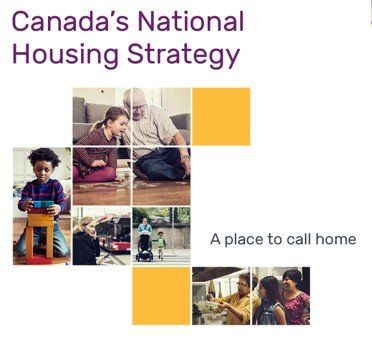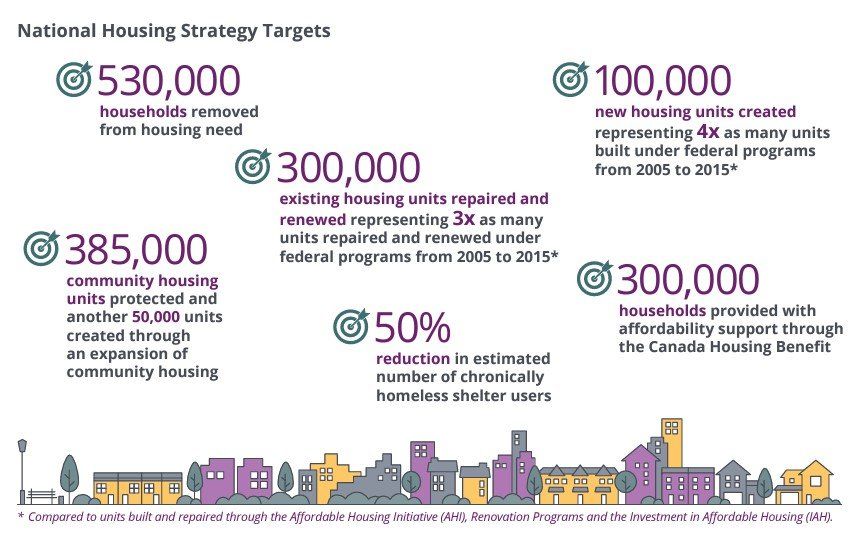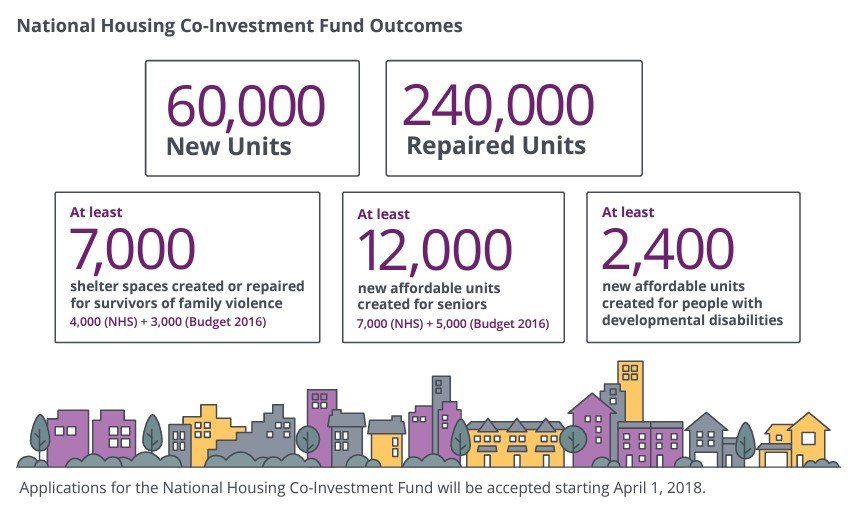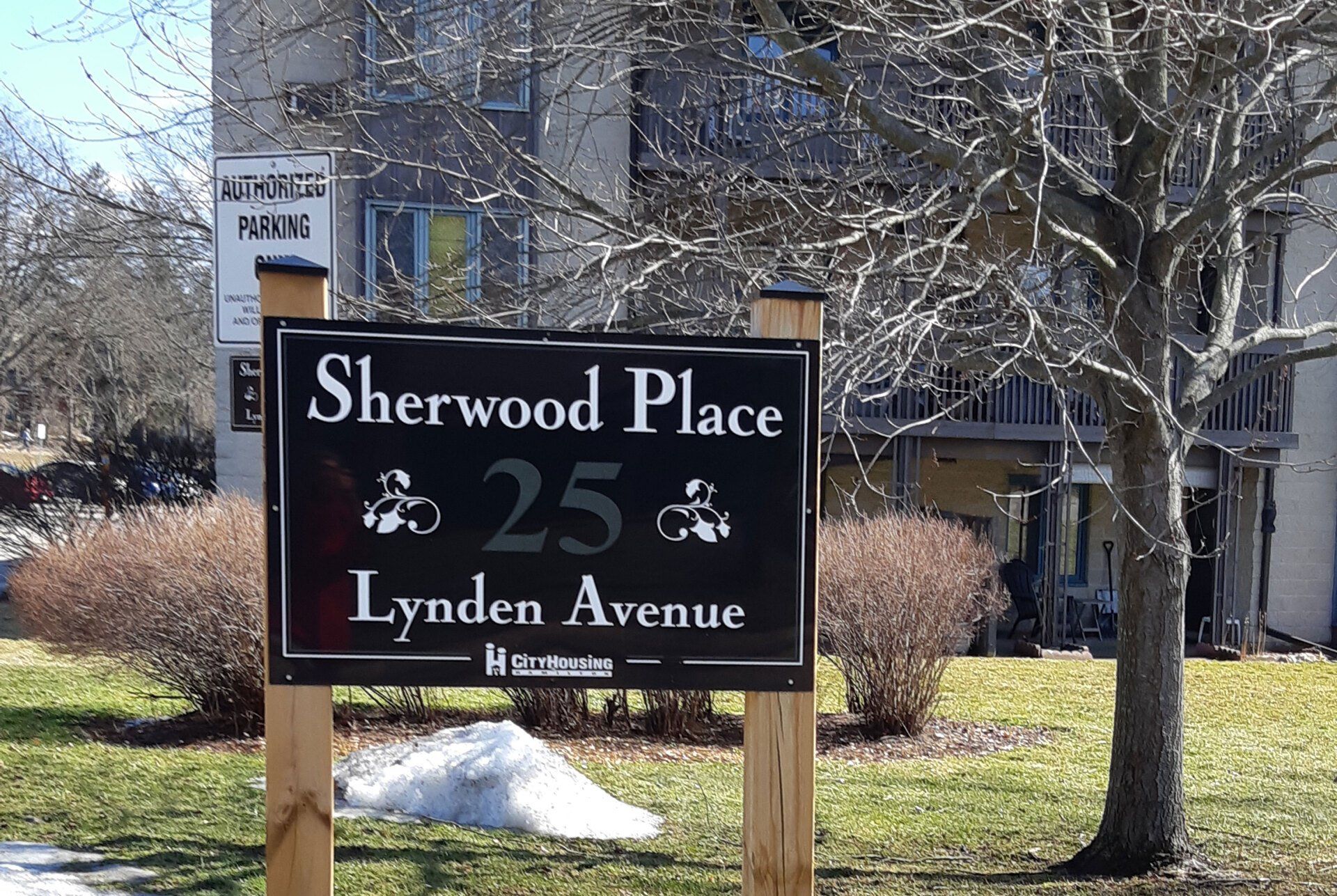Outreach - Part 3
Roles of Government

Prepared by: Barb Hallam, Winston Lindsay and Ted McMeekin
Our task this week is a difficult one to be sure— trying to outline the role and responsibility of each of our levels of government. Let’s be clear - governments at all levels come and go. Each will have a different set of priorities, which often make responding to a crisis in a coordinated way difficult.
Federal Government
The current Federal government has estimated that there are 1.7 MILLION families in extreme need of housing. The National Housing Strategy entitled, ‘A Place to Call Home’, projects a 10 year plan to inject an investment of $72.8 BILLION to provide adequate housing to 530,000 families while also reducing chronic homelessness by 50%. This is an ambitious plan given previous federal housing commitments were minuscule in comparison. Some progress has clearly been made.
The hope of the National Housing Plan is to implement a strategy that aligns policy and program initiatives with a market-based series of partnerships with provinces, municipalities, builders and various non-government agencies (like Indwell, Wesley, Good Shephard, the Boys and Girls Club, the YMCA & YWCA and others).
We can say the Federal Housing Strategy is a creative work in progress. Our hope is that the three levels of government can develop a ‘shared sense of purpose’ on the issues of Affordable Housing and Homelessness and that when they do, a greater coordinated engagement will follow.


Provincial Government
First: Through progressive legislation it will provide laws, policies, and regulations designed to build a healthy economy in the province. In the context of the prosperity thus created, most Ontarians will want to and be able to provide their own housing.
Second: The province will become directly involved, where and when necessary, in providing various degrees of support for people who need help to acquire suitable housing. In this approach, the provincial government directs resources to 47 different regions in the province, each called a "Service Manager." Our service manager is the City of Hamilton. This is the point at which the resources are actually put into action. At this level there is some flexibility as to how the funds are used. Some of the money, though, is for specific programs, hence guided by provincial regulations.
At the present time, both of these approaches face huge obstacles. The first, the strong economy approach, is up against the astronomical price of houses and rent. Even people who have good jobs and good education find that they can not afford suitable housing. We have all read the statistics and heard stories of incredibly high prices. Part of the problem is that there are not enough housing units available, and not enough new ones being built. We need more affordable housing, not more sprawl and high-rises.
The second approach, government support for housing, is part of the same spectrum and hence plagued by a chronic shortage of supply. The wait lists for affordable housing are heartbreaking. In Hamilton much of our inventory is nearing the end of its useful life; replacing it or refurbishing it will be hugely expensive.
Faced with these challenges, the provincial government has established a "Housing Affordability Taskforce." Its report has recently been published and contains 55 recommendations. Many of these are geared to providing more housing and more varied housing in the hope that increased availability will lead to more reasonable prices.
Some of the recommendations are controversial; they suggest new approaches to zoning and density. You may have already read articles in the media about this report - both pro and con. A copy of this report is now available in the St. Paul's library.
This spring - about the first of June - there will be a provincial election in Ontario. Housing will certainly be an election issue. We need a smart and courageous government - one brave enough to make difficult decisions.
City of Hamilton
In the City of Hamilton, City Housing is under the umbrella of Social Services. The city sets a budget for the year. By law, the city is not allowed to run a deficit. The city relies on additional funding from the Federal and Provincial government. This budget not only has to cover new housing but also the upkeep, maintenance and repairs of the present units.
There are several identified issues with the building of new affordable units. Some examples are By-law and zoning issues, builders’ interests, gentrification, urbanization and the downtown core development.
The City is the largest provider of affordable housing and works in partnership with charitable and private organizations: East Kiwanis, Good Shepherd, Mission Services, Liuna, Lions Club Freelton, Ontario Aboriginal Housing, Indwell and Sons of Italy also have partnered with the city.
It is estimated that there are over 6000 people seeking housing in the City of Hamilton. Application for subsidized housing is made through Access to Housing. This application is available online. For an applicant who does not have access to a computer, there are four satellite offices - First Place is an example of a site where they can be screened for eligibility and receive counseling and support to complete the process. The application is fourteen pages long. One section requires the applicant to reveal all income sources. Eligibility for subsidized housing or geared to income housing is determined at 30 % of that income.
For applicants with special needs, who require a modified unit, an additional form accompanies the application.
Access to Housing provides a list of housing units that are suitable to meet their needs. This is determined by the number of people in their household and the area of the city that they prefer to live in. From this list, they make three choices. As of January 1, 2021, all applicants will receive one offer. If they do not accept that offer, they may lose their place on the list or may have to re-apply.
The building selection list for Dundas shows two senior sites and four sites for all age groups.
For the homeless, once they give their consent to seek out housing, they are identified on a separate list called the By-Name list. It gives service providers information on the unique special needs of the individual in order for them to be matched and placed with the housing facility that can best meet their needs.
Supports to the homeless include the City Outreach Team and The Shelter Health Network.
As of. Sept. 2021, there were 1,375 people on the list: 57% were men, 42% were women, 11% were Indigenous and 2% were transgender.
There are specific Emergency Shelters for Men, Women, Families and Youth - Salvation Army Booth Centre, Good Shepherd, Mission Services for Men, Native Women’s Shelter, Martha’s House, Mary’s Place and Interval House. Wesley Urban Ministries runs an Intensive Case Management Shelter.
It is estimated that the average wait for affordable housing is 3-5 years.

Prayer
Let us pray for the single Mom, the elderly, the refugee family, and the homeless that they will soon live in a safe home.
Resources
- Federal: Canada’s National Housing Strategy aplacetocallhome.ca
- Provincial: Report of the Ontario Housing Affordability Task Force, Feb 8, 2022. https://www.ontario.ca/page/housing-affordability-task-force-report
- City of Hamilton:
Point in Time Connection, https://www.hamilton.ca/social-services/housing/point-in-time-connection
Social Housing, https://www.hamilton.ca/social-services/housing/social-housing
